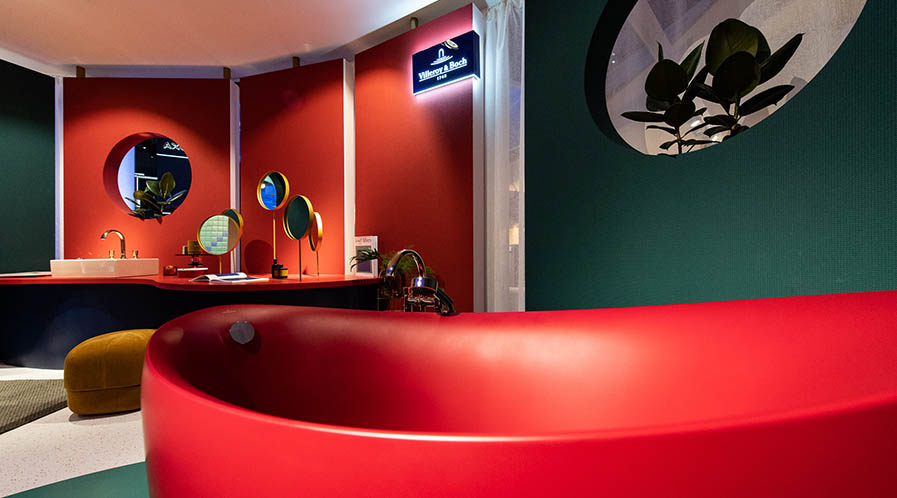PVD – The Technology behind Colourful Bath and Sanitaryware
PVD coating once applied onto a surface is almost impossible to remove or for it to wear off on its own, which makes it comparatively a better option than other finishes for a moisture-intact space like a washroom, writes Sanjitha Suresh.
Today’s washrooms are moving from all-white themes to becoming more vibrant and colourful and the same is also being reflected in the choice of bathware, sanitaryware and accessories to match that theme. As highlighted in many international trade shows, coloured faucets, bathware and sanitaryware are gaining a lot of popularity among designers and homeowners. These are in high demand for modular washrooms because they can fit into any design style and still make any washroom look unique and sophisticated.
Designers are opting for bright-coloured faucets to match their subtle coloured washroom designs, and they are opting for subtle pastel colours for a much darker coloured washroom design. One can even try to match these faucets and sanitaryware with other accessories in the washroom to give it an even more uniform look.
A wide range of colours like pink, red, brown, yellow, blue, beige, green, orange, grey, white, black, and pastels are available in different tones and shades. Today’s washrooms are becoming more and more colourful and are setting the trend in terms of design.
However, one concern that is being highlighted by the designers and the homeowners alike is the durability of the such finish and the maintenance required. While there are many methods of applying colours in faucets, baths and sanitaryware, PVD is the most widely used method among manufacturers. But does the method alleviate the above concern?
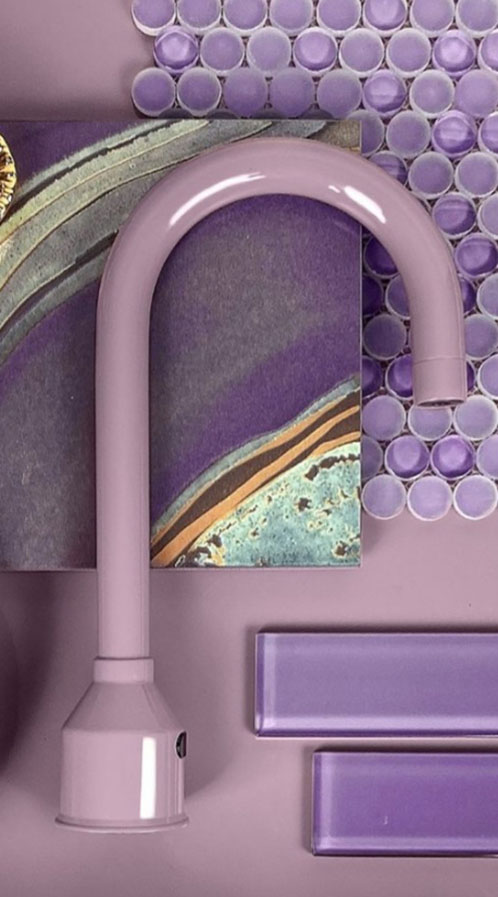
What is PVD finish and how does it work?
PVD stands for Physical Vapour Deposition. This method of applying colours creates a surface that is durable by creating a molecular bond that makes the particular fitting free from tarnishing, discolouration and corrosion. PVD finishes are made from Chrome-plated parts that are loaded into a vacuum chamber. The chrome-plated parts are then cleaned on a molecular level using gas ions before an electrical arc is deployed that evaporates metal from a solid target. The vapour molecularly bonds the fittings to form a thin and highly adhered metallic layer. The final cycle includes the introduction of gases to react with the metallic layer that produces different PVD finish colours.
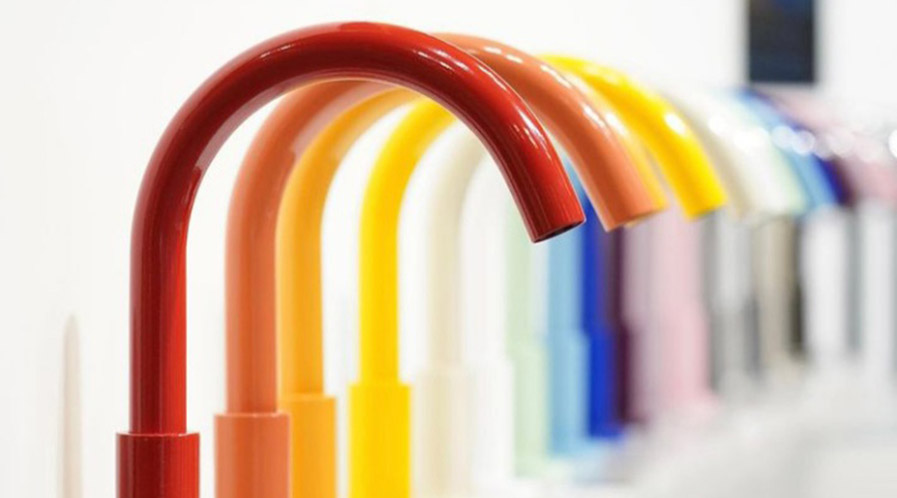
PVD coating and finishing can include different processes like Sputtering, Thermal evaporation, Arc evaporation, Ion beam deposition, Ion plating and Enhanced sputtering. All these methods include physical vapour deposition that vaporises the material to atoms and molecules through a high vacuum technique. The product that requires this coating is kept fixed inside a chamber where temperature and pressure are altered according to the requirements. The temperature in this chamber can vary from 50-500 degrees Celsius. Nitrogen, Oxygen and Hydro-carbon gases turn into nitrides, oxides and carbide coatings because of the reaction between vapour chemicals and the above gases. Either a single layer or multiple layers of coating can be applied based on the requirements. The product goes through a process of heating for curing. All the products that are manufactured go through a vigorous process of testing where the durability and resistance are tested to check if it meets the standards.
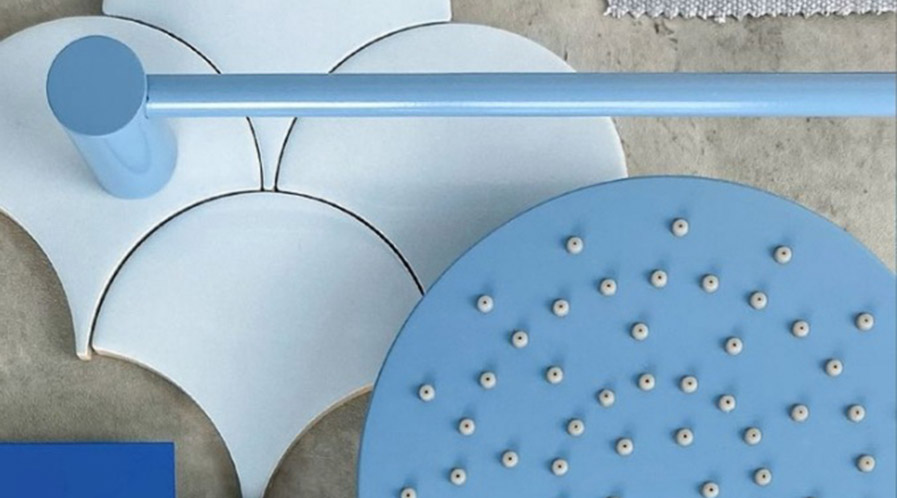
PVD finish fittings do require some level of maintenance like any other high-quality finish. It is important to prevent water spotting and mineral build-up, so it is recommended to use a soft dry cloth to dry it up after each use. It is recommended to avoid all harsh products designed to remove tarnish or build-up even though they are resistant to a lot of cleaning products. PVD finishes are becoming more and more popular today and are being preferred more than any other commercial finishes that are available. One of the major reasons for this is its benefits and the elegant look it adds to a washroom. It is highly preferred by architects, interior designers, and builders in the present day because of its environmentally safe properties and the range of beautiful colours it offers to perfectly blend with the design of any washroom.
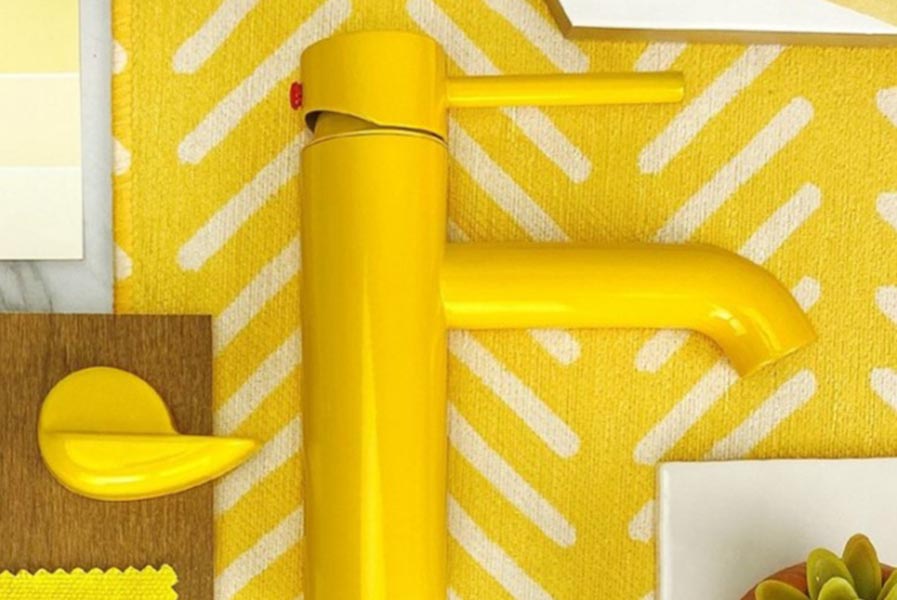
Applications and advantages
The coating that can be achieved through PVD coating is a very thin layer which makes it an absolute treat for washroom designs. PVD coating can be applied on a range of bathroom products like faucets, washbasins, WCs, plumbing systems, and other sanitaryware.
PVD coating has been overtaking the traditional galvanic treatments due to several benefits and advantages that PVD finishes have. PVD coating once applied onto a surface is almost impossible to remove or for it to wear off on its own, which makes it comparatively a better option than other finishes for a moisture-intact space like a washroom.
The coating is very thin making the product retain its original finishing look, i.e. matte remaining matte or glossy remaining glossy. They are scratch-resistant, long-lasting, and resistant against corrosive materials and salt. Not only are they cost-effective but they are also eco-friendly which can act as a huge advantage to futuristic washroom designs.
Tags: Bathroom Concepts, Bathroom Faucets, Bathroom Products, Bathroom Sanitaryware, PVD Faucets



